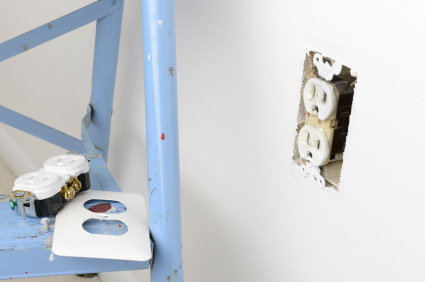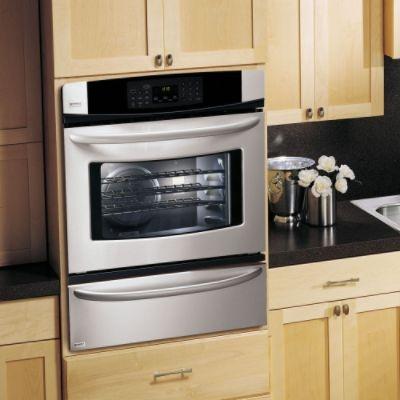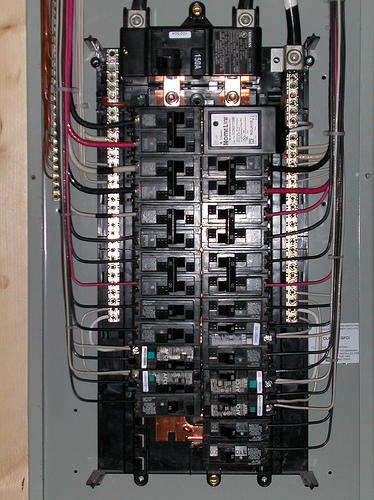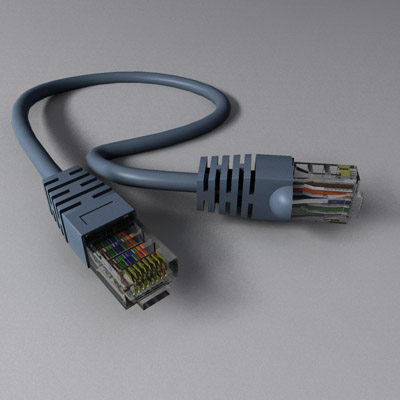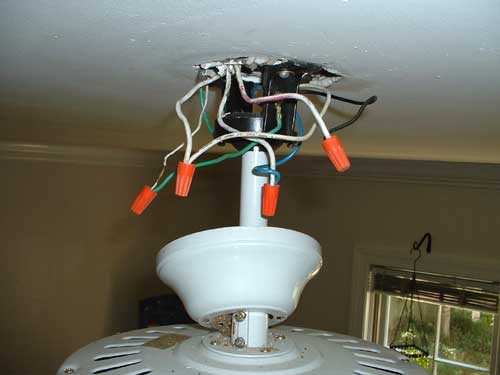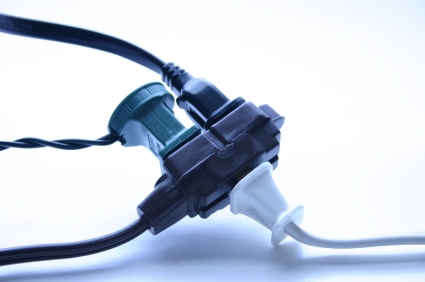There are many reasons to learn how to add new electrical outlets to your home. Whether it is to eliminate unsightly extension cords or provide power for a new fixed appliance, new electrical outlets can be essential for getting your home in perfect working condition. For people with little experience with electrical wiring installation, this can be a daunting task. If you want to get professional help, you can use TalkLocal to automatically connect you to a professional electrician for free. For those “do-it-yourselfers” who are feeling a little more adventurous, here are the things you need to think about when approaching this project.
The first thing you need to do is read up on your local electrical codes. The work you will be doing needs to be up to local code, which can vary from place to place. Keeping your home wiring up to code is essential not only for avoiding fines but for preventing electrical fires caused by faulty wiring as well.
The next step is to determine where you will be drawing the power for your new outlet. There are two main options here that will be determined by your home’s layout and your power needs. The easier option is to piggyback your new outlet on to a nearby existing outlet. Wiring to an existing outlet is only possible if there is already one nearby in the same room or ideally in the same wall facing towards an adjacent room. The drawback to this is that it can cause a lot of strain on the individual circuit that will be supporting two outlets. Avoid this option if either outlet has regular heavy power use or often causes a fuse to trip. There is a great step-by-step guide on the piggybacking method available here.
Our other available choice is to run a new cable to your home’s main electrical panel. This method will require additional wiring and expertise, so use it only when piggybacking is not an option. This may be outside the scope of the ordinary homeowner’s abilities, but it is still doable if you carefully follow this guide. Just be sure to be very careful when working with live electrical wires, no matter which option you end up going with.
Tags: electric, electrical outlets, electrician

